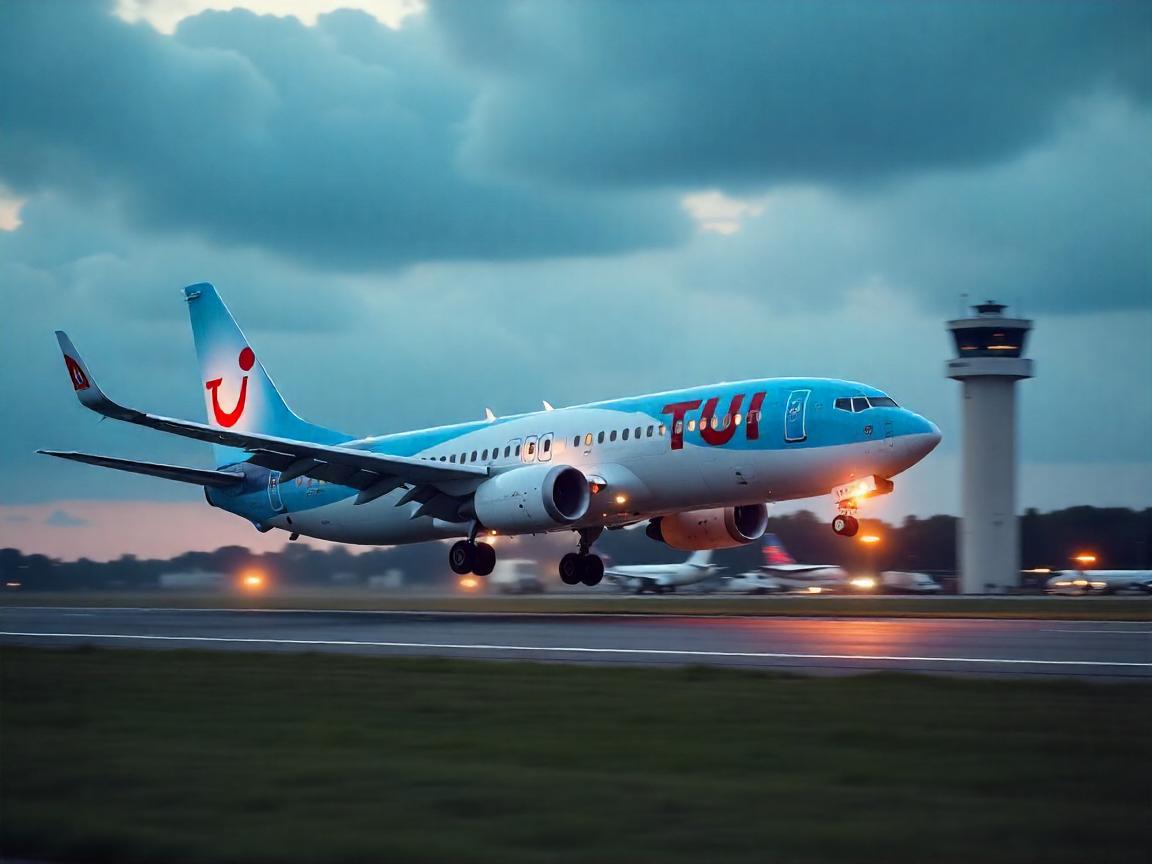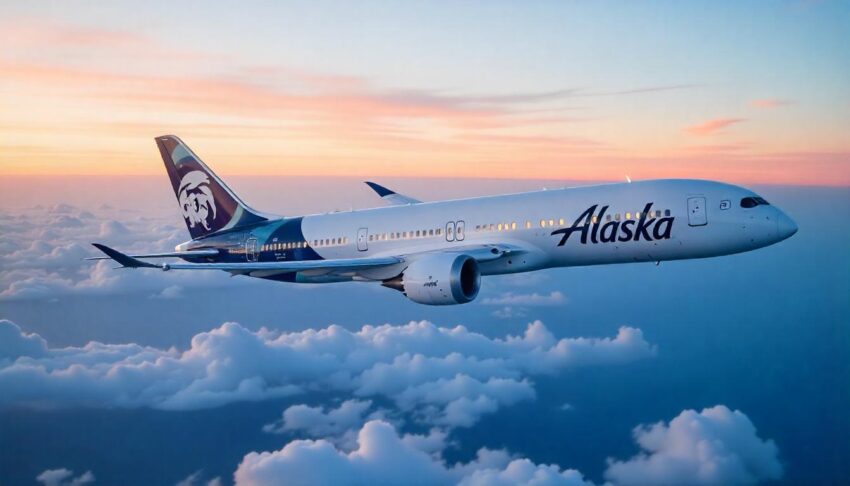Mastering Affordable Travel From Airfare to Authentic Pubs
As we settle into mid-2025, the art of securing truly affordable airfare isn't static; it's a continuously evolving challenge. The familiar playbook of seasonal discounts and off-peak travel still holds some weight, but new realities are shaping how airlines price their seats. We're seeing increasingly granular demand-based adjustments, influenced by everything from hyper-local events to broader economic trends, making the window for deep discounts more unpredictable than ever before. This evolving landscape demands an even sharper eye and a more nuanced approach to spotting genuine value.
One often observes the astonishing fluidity of airfare. It's less about a fixed price and more a constantly shifting value, governed by highly sophisticated algorithmic systems. These digital architects relentlessly process vast quantities of live information – from what competing carriers are charging, to long-term booking patterns, even down to localized weather projections and the upcoming calendar of major events. This analysis isn't a daily or hourly process; it's a near-continuous feedback loop, allowing prices to recalibrate perhaps dozens of times within a single hour, all meticulously engineered to maximize an airline's financial yield from each seat.
Through rigorous examination of extensive booking histories, a peculiar temporal window consistently emerges as statistically optimal for securing lower domestic airfares. Predictive models, calibrated to anticipate passenger demand and available seat inventory, frequently pinpoint a purchasing period spanning roughly 21 to 100 days before the scheduled departure. While not a guarantee, this range appears to represent a sort of equilibrium, where the airline isn't yet desperate to fill seats, nor are early bird discounts fully exhausted. It's a calculated gamble by the systems, not a rigid rule, but one supported by considerable empirical evidence.
Contrary to intuitive assumptions, the immediate price of global jet fuel on the spot market often has a remarkably muted and delayed influence on what travelers pay for a ticket. This disconnect stems primarily from the extensive financial instruments airlines employ – specifically, hedging contracts. These agreements allow carriers to fix their fuel costs many months ahead, effectively insulating a significant portion of their operational expenses from short-term market turbulence. Thus, a sudden spike or dip in crude oil prices typically won't translate to an instant change in airfare, as the effects are absorbed or distributed over a much longer timeframe, a deliberate engineering of financial stability.
A fascinating observation is the ubiquitous deployment of tactics rooted in behavioral economics by online booking interfaces. The constant appearance of "only X seats remaining at this price" notifications or "price expires in Y minutes" countdowns isn't merely informational. These are precisely engineered prompts designed to evoke specific psychological responses. Empirical studies demonstrate their effectiveness in accelerating the booking process, primarily by tapping into cognitive biases such as 'loss aversion' – the human tendency to strongly prefer avoiding losses over acquiring equivalent gains. It's an interesting, albeit sometimes ethically ambiguous, application of human psychology in commerce.
The ongoing refresh of airline fleets with newer, more aerodynamically refined and fuel-efficient aircraft directly correlates with significant shifts in an airline's strategic network planning. These technological advancements fundamentally alter the economic viability of routes that were once simply too costly to operate, particularly in the long-haul sector. The ability to fly further with less fuel allows carriers to inaugurate services to destinations previously considered niche or uneconomical. This, in turn, fundamentally reshapes competitive landscapes, introducing new players or intensifying competition on existing corridors, inevitably leading to the emergence of novel seasonal pricing cycles as airlines vie for market share in these newly accessible domains.
What else is in this post?
Beyond the ever-shifting landscape of flight deals, mastering genuinely affordable travel in mid-2025 demands a keen eye on where you rest your head and how you navigate local streets. The notion of "Smart Stays" has moved past mere dorm rooms or anonymous budget chains; we’re seeing a significant uptick in innovative, often tech-forward accommodation models – think flexible co-living spaces or purpose-built micro-units specifically designed for independent travelers valuing efficiency over expansive amenities. These newer options aren't just about a low nightly rate; they increasingly integrate digital conveniences from seamless self-check-in to curated local activity feeds, attempting to enhance the stay while keeping costs contained.
Simultaneously, the fabric of local transit is continually reweaving itself. While traditional public transport systems are integrating more advanced real-time data and simplified digital payment options, the true innovation often lies in the expanding ecosystem of alternatives. Micromobility solutions, once a novelty, are now firmly entrenched, with shared e-bikes and scooters evolving into more robust, often subscription-based offerings, while ride-sharing platforms continue to refine their niche services. The challenge for travelers, however, is not just finding these options, but discerning which genuinely offer value and reliable service, as the promise of affordable convenience sometimes clashes with dynamic pricing surges or fragmented urban networks.
Here are up to 5 surprising facts about "Smart Stays and Local Transit Alternatives":
Studies of hospitality yield management systems indicate their capacity to re-evaluate lodging costs on a nearly continuous basis, pushing rates upwards by extraordinary margins – occasionally over 300% – when localized demand reaches critical thresholds. This level of granular optimization often bypasses traditional seasonal pricing patterns, focusing instead on micro-market opportunities to extract maximum value.
Empirical studies in urban design and mobility consistently demonstrate that metropolitan areas distinguished by high indices of pedestrian accessibility and integrated public transit networks exhibit a quantifiable reduction in individual transportation expenditures, typically ranging from 20% to 40% for both transient visitors and long-term residents. This suggests an intrinsic link between well-conceived urban infrastructure and reduced travel overhead.
Analysis of urban mobility systems indicates that mass transit infrastructure is inherently designed for superior energy throughput, achieving an average per-passenger-mile energy performance up to 70% more efficient than conventional private vehicles. This engineering advantage contributes significantly to the sustained operational viability of these networks, potentially offsetting external cost pressures over time, rather than providing direct, immediate fare reductions.
An examination of hotel loyalty programs reveals that the perceived value of accumulated points and elite statuses is subject to continuous algorithmic recalibration, often leading to unpredictable redemption rates for 'free' nights or upgrades. This dynamic often means the effective per-point value can fluctuate significantly, diminishing or enhancing the expected benefit of long-term patronage based on a hotel's live demand forecast and inventory management.
Contemporary urban transport networks increasingly integrate sophisticated sensor arrays and artificial intelligence frameworks for real-time diagnostics and predictive maintenance. This technological overlay has demonstrated effectiveness in pre-empting equipment failures by up to 20% and optimizing repair expenditures by approximately 15%, leading to enhanced system uptime and contributing to the sustained cost-effectiveness of these essential services for users.
True travel transforms when one steps beyond the common tourist itinerary and uncovers the genuine spirit of a place. The appeal of local hangouts, be they a bustling street market or an unpretentious neighborhood pub, lies in their ability to offer an unfiltered connection to a destination's rhythm. These authentic settings often present a region's unique culinary expressions and cultural nuances at a fraction of the cost associated with more commercialized attractions. While global travel continues to present its complexities into mid-2025, seeking out the smaller, independent establishments proves to be a shrewd strategy, not just for managing budgets, but for gaining a richer, more personal insight. It’s in these less advertised corners that memorable interactions and unexpected discoveries truly thrive, reinforcing the notion that the most profound travel experiences are rarely found where everyone else is looking.
Here are up to 5 insights regarding the exploration of authentic local establishments, from gathering spots to marketplaces:
An analysis of local economic circulation patterns reveals that direct transactions with independent market purveyors can generate a significantly amplified internal economic impact, often exceeding that of non-local retail channels by a factor of 2.5 to 3.5 due to a more concentrated recirculation of capital within the immediate community's supply chain.
Sociological examinations of traditional public houses demonstrate their effectiveness as social conduits, fostering a robust network of 'weak-tie' connections critical for community resilience. The sustained interpersonal engagement within these environments is observed to correlate with positive neurochemical responses, underpinning a palpable sense of collective integration.
The rich chemosensory data present in typical local food markets, arising from the volatile organic compounds emitted by fresh agricultural produce, has been empirically linked to heightened neurophysiological activation, notably impacting pleasure and appetite pathways to enrich the experiential perception for visitors.
Data on consumer valuation indicates that food or beverage items precisely identified by their geographical origin, such as specific regional cheeses or traditionally brewed ales, consistently achieve a price differential of 10% to 50% over functionally equivalent generic products. This premium reflects a complex interplay between a consumer's perception of authenticity and the verifiable distinct attributes conferred by localized production methodologies.
Engineering assessments of historical architectural forms, particularly the substantial masonry often employed in long-established public houses, reveal superior intrinsic thermodynamic properties. This embedded design feature can passively manage interior temperatures, potentially reducing the energy demand for active climate control systems by approximately 20%, thereby enhancing long-term operational resilience.
Flexible travel planning, by mid-2025, has evolved from a mere preference into an essential strategy for those truly aiming to unlock savings. The increasing sophistication of pricing algorithms across airfare, accommodation, and even local services means that rigid itineraries are often subject to premium pricing. What is genuinely new is the imperative for travelers to embrace a holistic adaptability: being prepared to pivot on dates, consider alternative airports or lodging types that specifically benefit from demand fluctuations, and creatively combine varied local transit options. This approach allows travelers to sidestep the market's attempts to maximize revenue from predictable patterns, instead leveraging their own fluidity to access often overlooked value, turning what might seem like a limitation into a strategic advantage for a richer, more economical journey.
The ability to manipulate travel dates and routes remains a potent strategy for cost optimization, though its efficacy stems from complex, underlying system dynamics rather than simple intuition.
Computational analyses of airline demand curves consistently indicate that mid-week (Tuesday, Wednesday) and Saturday departures often present a more favorable pricing profile. This pattern correlates with an observed decline in high-yield business travel during these intervals, creating systemic opportunities for leisure travelers.
Advanced network optimization algorithms frequently distribute passenger loads across multiple segments, resulting in non-direct itineraries being priced lower. This strategic routing allows carriers to enhance overall aircraft utilization across their hub-and-spoke models, often at the expense of direct convenience for the traveler.
Digital platforms employing combinatorial optimization solvers are observed to bundle various travel components—flights, lodging, ground transport—often achieving an overall cost reduction that eludes individual component purchases. This suggests a computational advantage in identifying latent efficiencies across aggregated inventory.
Examination of global distribution system metadata reveals that identical itineraries can exhibit price discrepancies based on the geographic point of sale. This market segmentation, likely calibrated to localized purchasing power and competitive pressures, creates instances where purchasing from a different virtual locale may yield a cost advantage.
Studies on tourism destination resource allocation demonstrate that scheduling trips during shoulder or off-peak periods substantially alleviates stress on local infrastructure and service providers. This reduced demand translates into a systemic downward pressure on overall trip expenditures, encompassing lodging, activities, and local transport, fostering a more sustainable visitation model.












